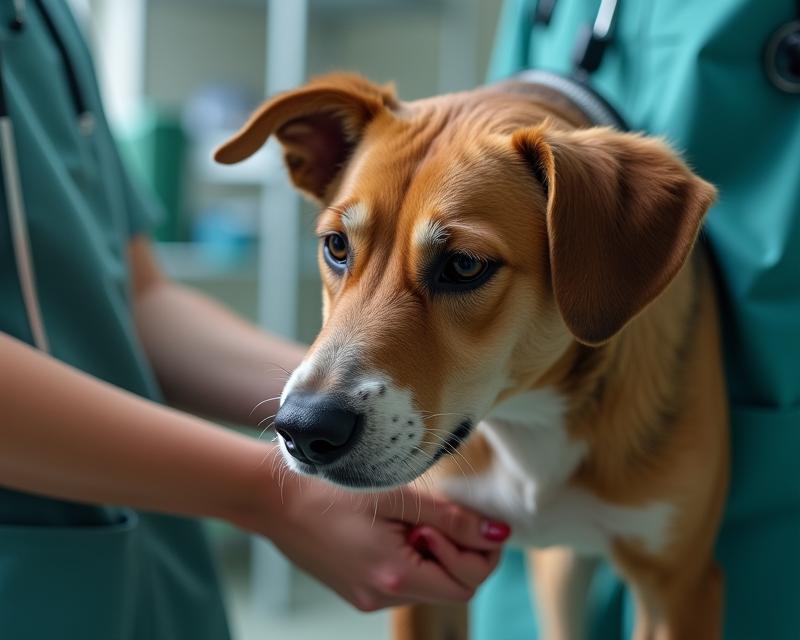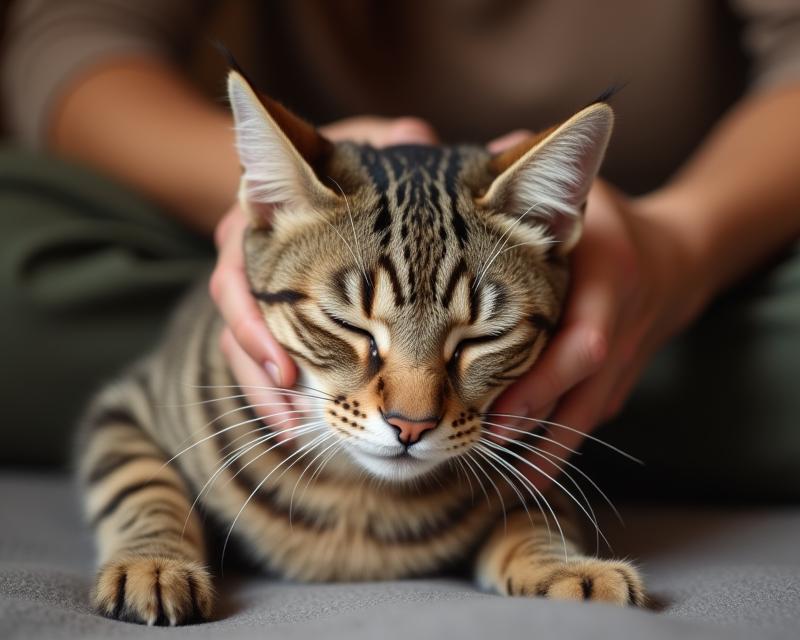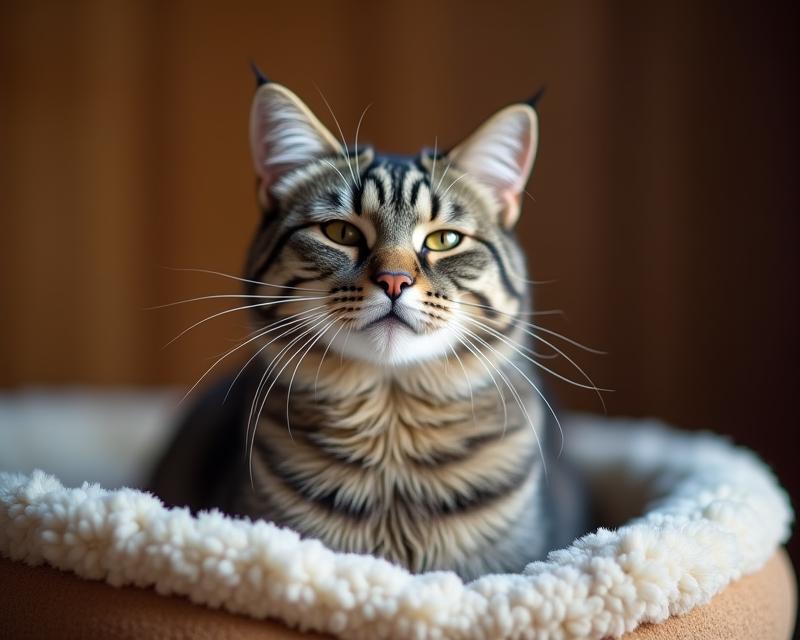Checking Your Pet's Vital Signs
Publish in Health el 28/06/2025 23:22
Checking Your Pet's Vital Signs at Home
Knowing your pet's vital signs is a crucial part of being a responsible pet owner. It allows you to quickly identify if something isn't quite right and seek veterinary care when needed. Regularly checking these signs can even help you catch potential health problems early on, leading to better outcomes for your furry, scaled, or feathered friend.

What are Vital Signs?
Vital signs are the basic measurements that reflect your pet's overall health. The most important ones to monitor are:
- Temperature
- Pulse Rate
- Respiration Rate
- Gum Color
How to Check Them
Let's break down how to check each vital sign. Remember, if you are ever concerned about your pet's health, it's always best to consult with your veterinarian.
1. Temperature
The normal temperature for dogs and cats is between 100.5°F and 102.5°F (38.1°C and 39.2°C). You'll need a rectal thermometer – a digital one is best. Lubricate the tip with petroleum jelly and gently insert it about an inch into the rectum. Wait for the thermometer to beep and record the temperature. If the temperature is significantly higher or lower than the normal range, contact your vet immediately.
2. Pulse Rate
To find your pet's pulse, locate the femoral artery on the inside of their rear leg. Gently press your fingers against the artery to feel the pulse. Count the number of beats for 15 seconds and multiply by 4 to get the beats per minute (BPM). Normal pulse rates vary depending on the size of the animal; small animals tend to have faster heart rates. A normal resting heart rate for a dog is typically between 60-140 BPM, and for a cat, it's usually between 140-220 BPM.
3. Respiration Rate
Observe your pet's chest or abdomen to see how many breaths they take in one minute. A normal respiration rate for dogs is typically between 10-30 breaths per minute, and for cats, it's usually between 20-30 breaths per minute. Look for signs of labored breathing, such as excessive panting, rapid breathing, or difficulty breathing. Any of these signs warrant a vet visit.
4. Gum Color
Healthy gums should be pink. Pale or bluish gums can indicate a serious problem, such as anemia or a respiratory issue. If your pet's gums are white, gray, or have a bluish tinge, seek immediate veterinary attention. Also, be aware of any unusual discoloration or lesions on the gums.
When to Worry
It's important to remember that these are general guidelines. Every pet is different, and normal vital signs can vary. If you notice any sudden or significant changes in your pet's vital signs, or if you have any concerns, don't hesitate to contact your veterinarian. Early detection is key to ensuring your pet's health and well-being. Regular check-ups with your vet are also essential for maintaining your pet's health.





